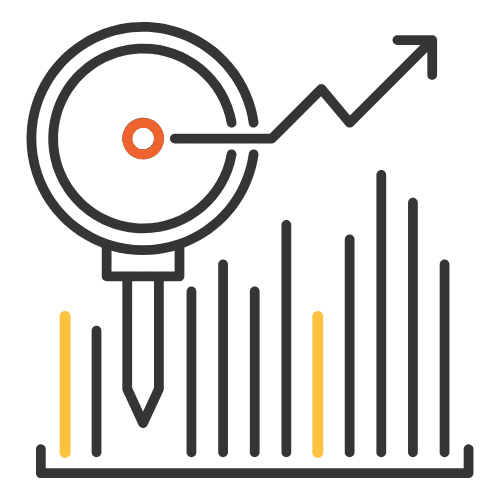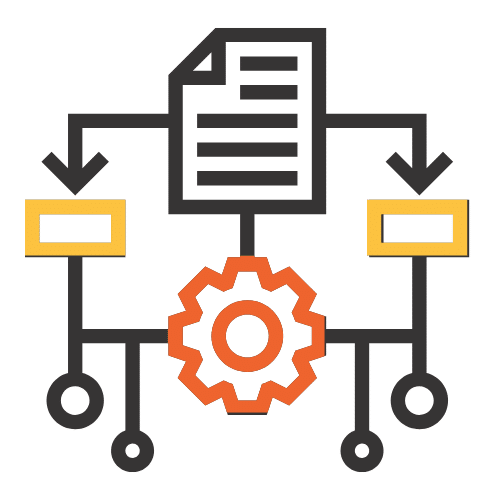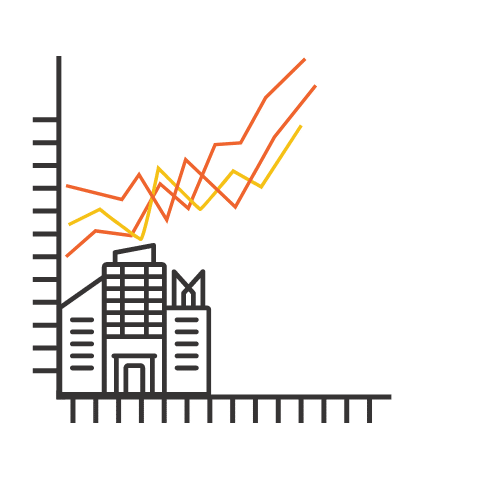
While some companies are collecting so much data that they don’t know what they’re even collecting, other companies are trying to make sense of the data.
Information pours in from every corner when setting up a business in the modern world. If you’re collecting lots of information, you need to be figuring out how to implement storytelling with data when you really want to hit home and put the data to its best use.
To many, the words data and analytics don’t register with the words fun and stories. The good news is that storytelling with data doesn’t have to be boring or disengaged.
In fact, it can be wildly fun.

How to Tell a Story With Data
While data might seem like just a collection of numbers, all you have to do to change that is to turn it into a story. If your data has a beginning, middle, and end, you can persuade people to see things in a new way. Rather than being hammered with information, people will be engaged with your narrative.
First, tell them what happened. Then, get them to understand why your data is important to what happened. Lastly, they need to know how they can turn that data into something actionable.
When they understand their role in this story, they’re more likely to be invested in what’s happening with your data. Using data visualization allows you to draw everyone into the story in more creative ways. You can show patterns, draw conclusions, or prove theories that help to inform the way that decisions are made in your company.

Why Data Visualization is Critical to Profit
Telling a story with data is useful because both stakeholders need to be able to make decisions without learning a whole lot of data. Trying to get time to get everyone together for an hour-long conversation is hard. Sending them an image to explain what you’re talking about it easy.
Your customers are going to want to see data about your products and services to help drive conversations. If you have strong data about your products, don’t keep it hidden. However, you need to present it in a simple and powerful format that everyone can understand.
You can make observations about your own company with data visualization. Instead of trying to wrestle with spreadsheets about leads and customer retention, make your job easier. Visualization can help you know what your customers want and need rather than trying to guess or wade through a swamp of information.

How to Get it Done
Deciding which data is most important is one of your first steps. IT’s overwhelming to analyze big chunks of data and to shake loose the unnecessary information. However, once you’ve done that, turning it into a visualization makes future data easier to include.
The first thing you have to do as a business owner is to know your audience. Data is your best tool for doing that. Your data will let you know which aspects of your story are most important and which you don’t need to concentrate on.
Let customers know how you’ve made customer experiences better. Your story can show them what you’ve done and how you now work to keep everyone happy.
Start by figuring out how to read your data and you’ll start to decode how to use it. Once you know which question you need to answer in what order, you can make better use of your data.

Getting Started
Quite simply, the first place to start is by collecting data. You need your data in a centralized location. Once you’ve got that, you can figure out what information is most important to your story.
If you’re worried that a demographic section of your market isn’t engaged, you can track how they feel about a new product or service.
Use first-party data to figure out who your demographic is. Then you can use second-party data to figure out how people use your products and services. Last, you can make comparisons between one demographic and the next to see how that might impact your bottom line.
Once you have an answer that’s concretely written in the data, you can build your story around it. This can convince stakeholders to invest more money and to ensure that your next sprint is easy because it’s well funded. Data visualization merely improves the impact of the data and storytelling.

Five Tips for Better Storytelling
If you want to engage your stakeholders and your audience with your data, you need to tell better stories. Telling better stories relies on an understanding of how your audience works and what they want. Follow these five tips to communicate better with everyone you work with.

1. Everyone Has Their Own Order
No one’s eyes follow an order when reading things. While reading a page full of text, it’s natural to assume people will start in the top left corner. However, charts move from top to bottom and generally from left to right, but it’s not always reliable.
Eyes go where they’re drawn, which can be a good or a bad thing. Typically, they’ll go to the most extreme figures and places or the brightest colors.
Expect people to jump around, so try to take them on a visual journey that you predefine for them. This allows you to work the narrative angle a little more strongly and ensure that you really are telling a story.

2. Consider the Stand-Outs
The things that stand out the most are what your eyes are going to be drawn to. When looking at a chart or graph for the first time, everything doesn’t get absorbed evenly. The most striking elements are going to get attention first.
Sharp edges, bright colors, and unique images are going to bring eyes to them. Make sure that you have one clear message and that nothing is getting in the way. Your title should correlate with the most striking image on the chart.

3. Analyzing Data For Storytelling
Charts that have more than a few variables will cause things to get muddy. More than five or ten variables means that they lose their individuality and start to become part of a greater whole.
Make sure that you simplify each chart as much as possible. Be making one major point with your chart.
Visual peaks, drop-offs, or powerful terms are going to attract attention. When you want to convey a single, clear message, make sure that you don’t muddy the water.
Don’t make viewers work hard to see major trends. Images can be distracting. However, expect your viewers to be able to take on a handful of elements at the same time.
Working out the balance between simplicity and complexity is hard. However, with enough work, it’s possible to make everything come together without losing the attention of your viewers.

4. Meaning is Made no Matter What
Every single person who looks at your data visualization is going to try to put together the story. If the story you’re trying to tell contradicts what people see, you’re going to have to massage it a little more. It’s easy for a brain to unconsciously make connections between elements, so if you find you’re fighting the impulses of your viewers, change it up.
If the information that seems most obvious to viewers doesn’t correlate with their reading of the chart, make some adjustments. Even just using the wrong colors and making simple design decisions could upset a delicate balance.
Make sure that every element is deliberate, contributing to the functionality of the storytelling through data visualization.

5. You Can’t Fight Convention
If people are more predisposed to see green or blue as positive and red or black as negative, be conscious of how you use colors. If you’re talking about temperature and not using blue as cold and red as hot, you could be fighting conventional wisdom.
Visual metaphors also follow the same logic. If you’re trying to relate two images or concepts to one another, you could end up misleading viewers. Pyramids and scales imply comparisons of value. If you’re ignorant of this, you could be sending your viewers mixed messages.
Make sure that you can extract meaning from the chart in its current layout. Consider rotating the chart if necessary to fit more formal conventions or your audience.

Storytelling With Data is Vital to a Strong Company
When you’re storytelling with data, you’re bringing everyone behind the curtain of what you do and how you do it. Collecting data is vital to a modern company but knowing what to do with it is a challenge for lots of businesses. If you’re able to create a clear message with your data, you can connect to everyone interested in your company in a much more engaging way.
If you’re worried that you’re wasting resources and don’t have them to put together stories, check out our guide for some tips.
